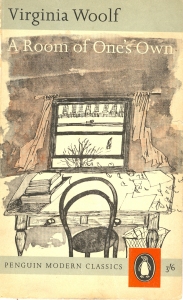 As a government writer/editor, I chuckle whenever I look at this Punch cartoon depicting the WW2 censor hard at work “editing” documents.
As a government writer/editor, I chuckle whenever I look at this Punch cartoon depicting the WW2 censor hard at work “editing” documents.
My job is to translate complicated information into plain language. This puts me in the uncomfortable position of altering other people’s writing. No one thanks you for this; some grin and bear it, while others decry the injustice of it all. Many believe that plain language is about “dumbing it down” or even “cleansing” information of its original meaning.
I get it. I really do. It’s important to strike a balance between simplicity and oversimplification.
Putting aside the issue of censorship (that’s a line I would never cross), it is actually government policy to communicate in plain language. Providing good information to the public is critical given that “four out of ten Canadian adults have literacy skills too low to be fully competent in most jobs in our modern economy” (Conference Board of Canada).
Here’s an example of a “before” and “after” plain language from the US government:
Before
When the process of freeing a vehicle that has been stuck results in ruts or holes, the operator will fill the rut or hole created by such activity before removing the vehicle from the immediate area.
After
If you make a hole while freeing a stuck vehicle, you must fill the hole before you drive away.
Plain language communication is the opposite of censorship. It helps keeps people safe on the roads, veterans apply for their pension benefits, immigrants become citizens, and consumers avoid buying contaminated products. And so on.
That’s why I love this recent skit from the Canadian comedy show, 22 Minutes, in which 2015 Nobel Prize winner Arthur B. McDonald explains his research into neutrino oscillations. I’ve had similar conversations with scientists–but this is the best plain languaging I’ve ever heard!
Now, if only he could explain the popularity of Timbits.

Apparently Dr. McDonald still teaches at Queens. I’d love to be one of his students – even if I didn’t get the physics.
OK, let’s move to Kingston!
A great and also very funny poste, i laughed out loud…thnak you for that! xo Johanna